Orthodontic issues can affect anyone, as perfectly aligned teeth are quite rare. Malocclusion, often referred to as a “bad bite,” can lead to difficulties with chewing, oral hygiene, speaking, and overall aesthetics. Causes of a bad bite can be genetic or stem from habits like thumb sucking, dental diseases, poor hygiene, accidents, birth defects, or other medical conditions.
Understanding the specific orthodontic problem you or your child faces is essential for effective treatment. Orthodontic care from Dr. Kim Young can enhance both the functionality of your bite and the aesthetics of your smile.
Here are some of the most prevalent orthodontic concerns:
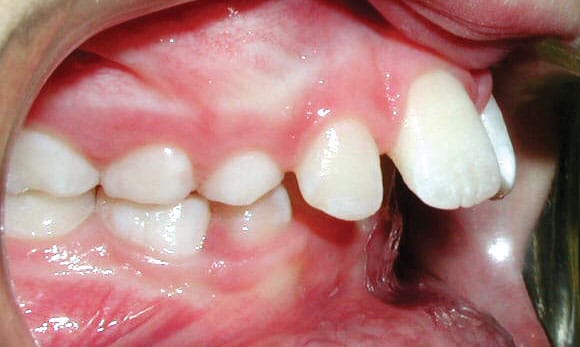
1. Upper Front Teeth Protrusion
This issue impacts both appearance and function when the upper teeth extend excessively forward, or the lower teeth do not project forward enough.
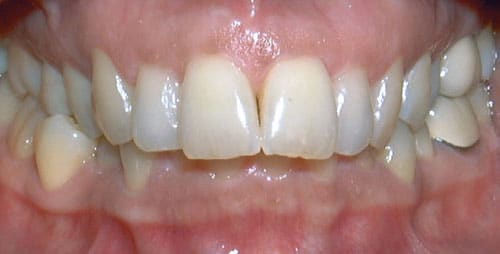
2. Overbite
An overbite is characterized by the upper front teeth extending over the lower front teeth, sometimes resulting in the lower teeth making contact with the roof of the mouth.
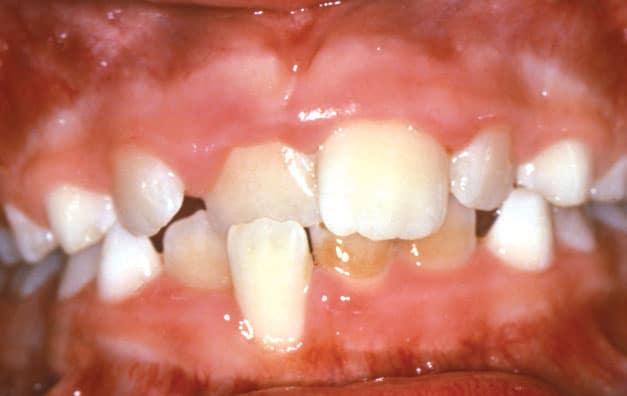
3. Crossbite
In a crossbite, the upper teeth rest inside the lower teeth, leading to uneven tooth wear and misaligned jaw development.

4. Openbite
This condition disrupts proper chewing as the upper and lower front teeth fail to overlap; open bites can lead to undesirable habits such as tongue thrusting.
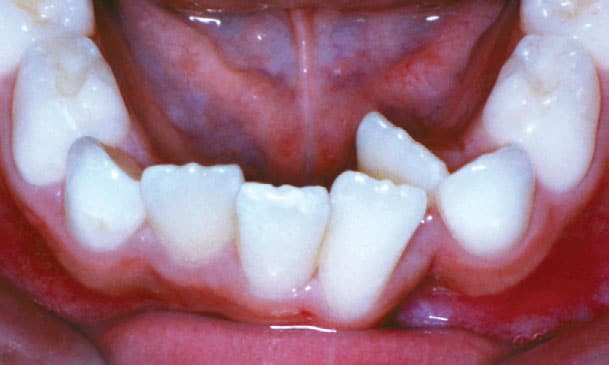
5. Crowding
Crowding occurs when teeth don’t have enough space to emerge from the gums. Expansion can often resolve crowding, and extraction of teeth may not be necessary.
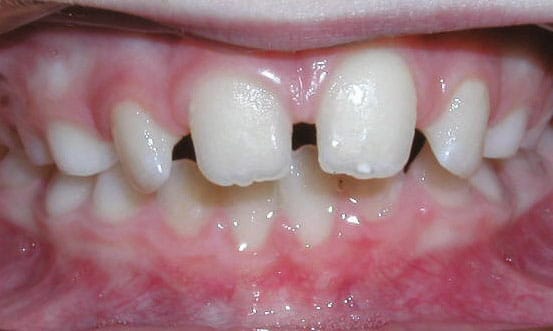
6. Spacing
Spacing issues may result from missing teeth or simply be a cosmetic concern, affecting the overall smile’s appearance.
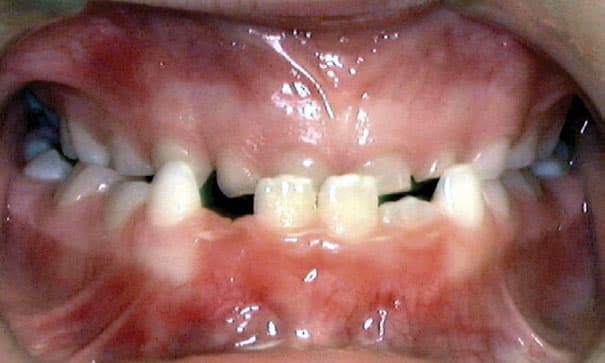
7. Underbite
An underbite occurs when the lower jaw juts out, causing the lower front teeth to sit in front of the upper teeth, which can impact both function and aesthetics.
